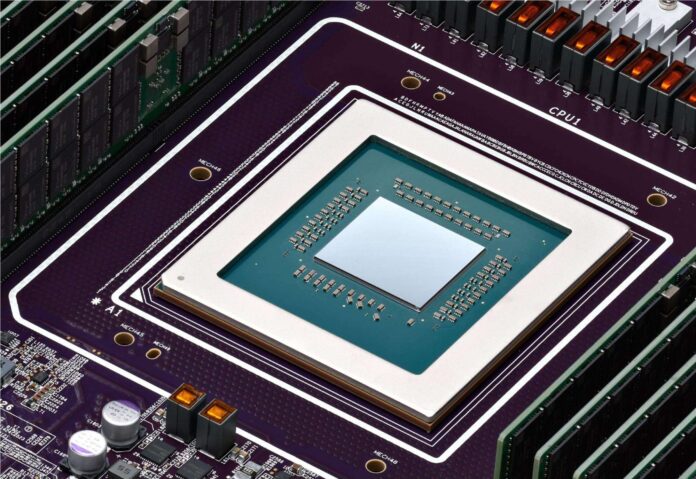In a bold strategic move, Google has implemented its large-scale multi-architecture initiative, marking a milestone with its first Axion chip, a customized Arm® CPU that makes it possible for tens of thousands of internal applications to run simultaneously on x86 and Arm. The transition is not merely experimental; services such as YouTube, Gmail, and BigQuery already operate on both architectures, with intensive use of ARM hardware and the promise to deploy more servers each month.
The strengths of Axion are compelling. Provides up to 65% better price-performance and is 60% more energy-efficient than similar instances within Google Cloud. This entails a significant impact at the data center level, reducing energy costs and increasing the available capacity per watt for customers and services.
Contrary to initial expectations, the migration did not face insurmountable technical difficulties arising from architectural differences, but rather operational issues such as deployment configurations and old build and release systems that did not account for ARM variants. To address this challenge, Google has relied on automation and tools like Rosie to manage massive commits, in addition to using platforms such as CHAMP to monitor and deploy jobs automatically.
Google's proactive approach encompasses an ambitious plan that includes the implementation of CogniPort, an AI agent designed to automate the migration of the remaining applications that are not yet compatible with ARM. This agent, which operates by solving compilation and testing problems, was able to fix errors in 30% of the cases during initial testing.
Looking ahead, Google intends to apply 'default multi-arch' policies to new applications, cementing a stricter architectural neutrality in its large-scale operations. The results of this initiative also have positive implications for Google Cloud customers, who will now be able to benefit from more versatile and efficient instance options without compromising compatibility.
This innovation reflects a clear direction toward the industrialized operation of ISA migration, where AI plays a crucial role as a tireless worker that facilitates the management of tests, builds, and pipelines. In summary, Google has shown that, with the right combination of technology and automation, the evolution toward a more flexible and efficient infrastructure is not only viable, but is already in full development.
More information and references in Cloud News.



